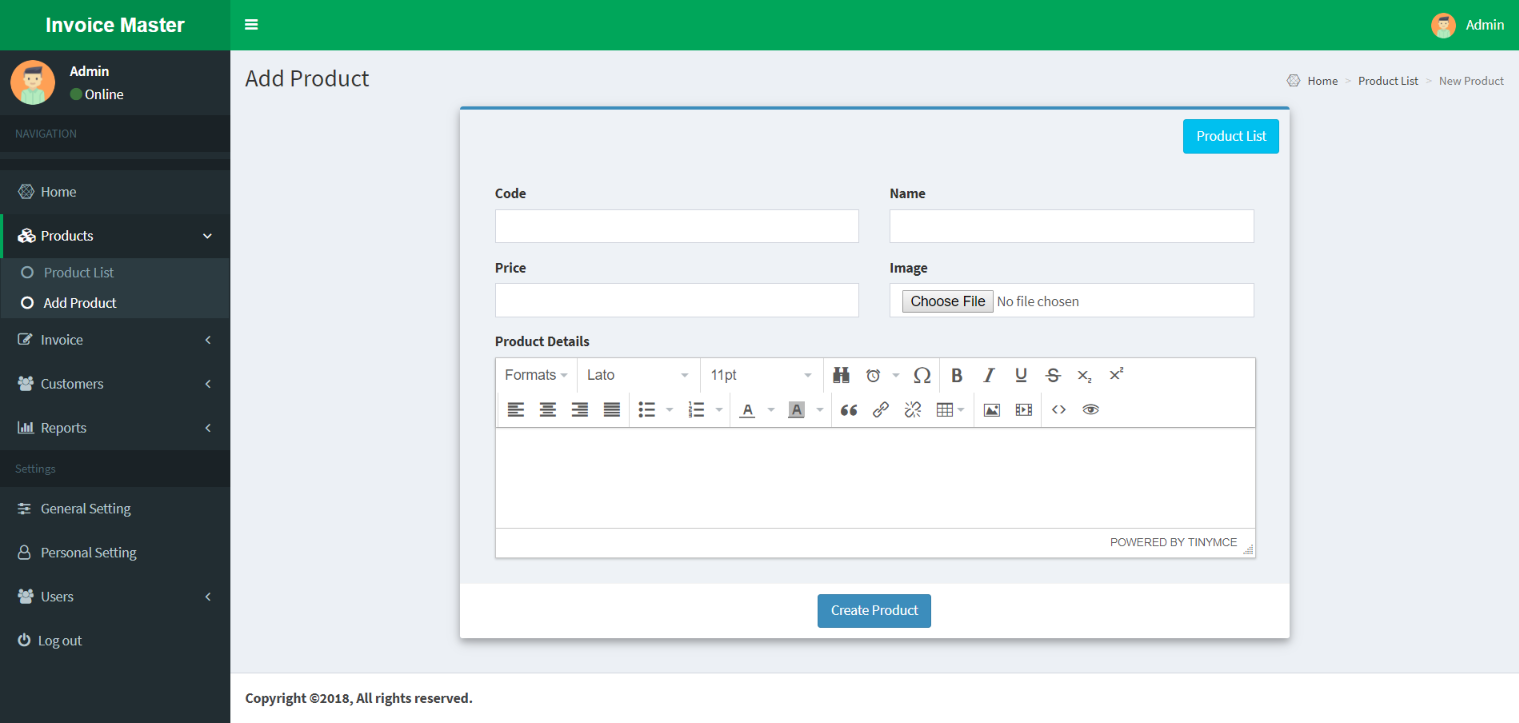


But if you go this route, you’re undermining Magento’s rich features, really. Likewise, you can cherry-pick from hundreds of Magento themes and templates created by independent frontend designers. That said, Magento does offer a demo theme, Luma, that you can use to go live at once. Both also target the complex needs of ecommerce, hence their architecture platforms are aimed at a technical team of functional architect, UX designers and web designers. Themeīoth ecommerce platforms allow you to configure your storefront theme with your own design, process, and branding. However, they have key differences, as explained below by their core features. They are both ideal for scaling your online store. Salesforce Commerce Cloud and Magento both feature multistore architecture, mobile-first framework and white labeling of the storefront. Some of the factors to consider here are design, themes, mobile commerce, blogging, customizations and iterative development. It is also where customers manage their accounts.

The storefront is the customer-facing website where visitors browse and select products and place orders. READ MORE Comparison of Core Features Storefront This comparison focuses on the paid platform, Adobe Commerce Starter and Pro. Pricing is on a quote basis but is also dependent on gross merchandise value, plus, order volume. The Magento open source is arguably an industry standard in this aspect. Meanwhile, this open source solution is available to third-party providers who want to build an end-to-end ecommerce infrastructure. The paid plan’s key components include the core commerce framework, business intelligence, single-tenant infrastructure and disaster recovery and data retention.

With extensive integrations with the native Adobe ecosystem and third-party apps, Adobe Commerce is ideal for fast-growing ecommerce businesses and enterprise selling. It also scales to B2C and B2B merchants and can handle traffic spikes. It is comparable with Salesforce Commerce Cloud when it comes to enterprise features. Magento, now Adobe Commerce, is a cloud-hosted ecommerce platform with managed service plans built on its open source framework. Salesforce Commerce Cloud is priced by gross merchandise value with plans tailored separately for growing and large enterprise. And leveraging the Salesforce partner program and AppExchange marketplace, you have hundreds of apps and providers to help you extend the app’s core functionalities. You can also configure multiple delivery dates and places for complex shipping cases. Furthermore, the integrated Einstein AI lets you generate insights to drive revenues, for instance, repeat sales or hyper-personalized deals. Its order management capability can accommodate hundreds of SKUs and huge order volumes. The platform allows you to manage multiple storefronts in a single place. A scalable platform, it helps you roll out ecommerce strategies at your own pace. It is part of Salesforce 360 integrated CRM, powering your ecommerce with a suite of connected Salesforce apps. Salesforce Commerce Cloud is a cloud-based platform ideal for B2B, B2C and B2BC ecommerce. Overview of Salesforce Commerce Cloud vs. In the face of a disrupted global supply chain and unabated demand for online shopping, you need an ecommerce platform that is flexible and scalable, one that adapts, not only to current market trends but to global events. We hope this guide will help you choose the better-fitting one. Both are also backed by a solid native ecosystem, which extends the core architecture’s functionalities.īelow, you’ll find the subtle differences between the two though in key areas of usability, extensibility, pricing and more. Both are built on a powerful framework that lends itself to complex ecommerce backend while keeping the user interface neat and easy to navigate. It is a tight take matching Salesforce Commerce Cloud vs Magento.
Invoicing apps for magento software#
In this comparison guide, we match two such advanced ecommerce software platforms. This means getting a sophisticated enterprise platform beyond the plug-and-play type. That’s why your ecommerce platform should be able to scale fast when you need it to. Things can happen fast in online selling, where order placements can zoom from nothing to a magnitude in the hundreds in a matter of minutes when the stars align. Scale is critical in ecommerce not only for fast-growing businesses but also for seasonal and unexpected sales spikes.


 0 kommentar(er)
0 kommentar(er)
